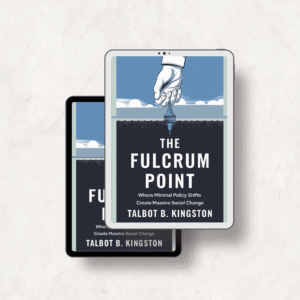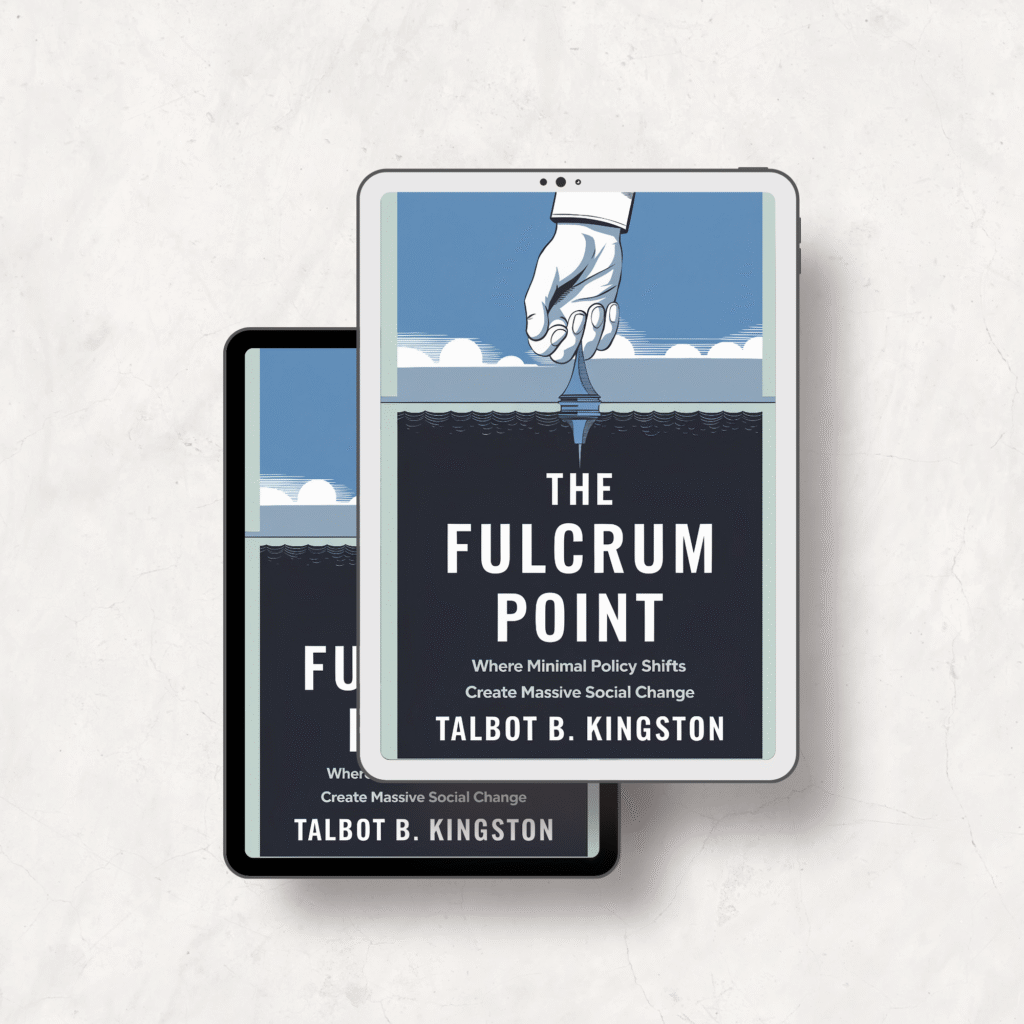The Fulcrum Point Book Review – Complete Guide to Social Change Through Minimal Policy Shifts

The Fulcrum Point revolutionizes how we think about creating meaningful social change through strategic minimal policy shifts. If you’ve ever felt overwhelmed by the complexity of social problems or frustrated by the slow pace of traditional policy reform, this groundbreaking book offers a refreshing alternative. Rather than requiring massive resources or comprehensive overhauls, “The Fulcrum Point” demonstrates how precisely targeted interventions at key leverage points can trigger cascading transformations throughout entire social systems.
This innovative approach challenges the conventional wisdom that big problems require big solutions. Through compelling case studies and practical frameworks, the book reveals how small policy adjustments can create disproportionate positive impacts when applied at critical thresholds. Whether you’re a policymaker, community leader, or change agent, this guide provides the tools to identify and activate these powerful leverage points in your own work.
What You’ll Discover
- Strategic Leverage Points: Learn to identify critical junctures where minimal policy interventions can spark massive social transformation and systemic change
- Proven Diagnostic Tools: Master practical frameworks for evaluating system readiness and recognizing when communities approach critical thresholds for change
- Real-World Case Studies: Discover compelling examples of successful minimal interventions that reshaped financial security, education outcomes, and social systems worldwide
- Ethical Implementation Strategies: Develop responsible approaches to managing both intended and unintended consequences of strategic policy innovations
- System Dynamics Analysis: Understand how to navigate complex social networks and feedback loops to maximize your intervention’s amplification potential
- Sustainable Change Methods: Build capacity for continuous evaluation and adaptation to ensure lasting transformation through strategic minimal adjustments
Why This Book Matters
Traditional approaches to social change often demand enormous resources, extensive bureaucracies, and comprehensive programs that can take years to implement. The Fulcrum Point approach offers a revolutionary alternative that recognizes the fundamentally non-linear nature of complex social systems. By understanding where and when to apply strategic pressure, you can achieve transformative outcomes with limited resources and political constraints.
The book’s emphasis on systems thinking and leverage theory provides immediate practical value for anyone working in policy development, community organizing, or social innovation. You’ll gain confidence in identifying those precise intervention points where small changes trigger cascading positive effects throughout interconnected social networks.
Key Features
This comprehensive ebook spans multiple chapters covering strategic intervention theory, system dynamics analysis, and practical implementation strategies. Available as an instant digital download, you’ll receive immediate access to detailed case studies, diagnostic frameworks, and step-by-step methodologies for identifying leverage points. The format allows for easy reading on any device, with printable assessment tools for hands-on application in your community or organization. Also available as audiobook on Google Play Books and Spotify for convenient listening during commutes or while exercising, making these transformative concepts accessible wherever you are.
Frequently Asked Questions
How does the Fulcrum Point approach differ from traditional social change strategies?
Unlike conventional approaches that rely on comprehensive programs and substantial resources, the Fulcrum Point method focuses on identifying strategic leverage points where minimal interventions trigger cascading system-wide transformations. This approach emphasizes precision over scale, targeting critical thresholds rather than addressing problems through brute force application of resources.
Can these minimal policy shift techniques work in any social system or community setting?
The Fulcrum Point approach has broad applicability across diverse contexts, from public health and education to economic development and environmental sustainability. While implementation varies by system complexity and cultural factors, the fundamental principles of leverage-based intervention remain effective across different policy domains and community structures.
What makes this book practical for immediate implementation versus purely theoretical concepts?
The book provides concrete diagnostic tools, step-by-step frameworks, and detailed case studies that demonstrate successful real-world applications. Rather than abstract theory, you’ll receive actionable methodologies for mapping system dynamics, identifying intervention points, and measuring the cascading effects of strategic minimal policy shifts in your specific context.
Get Your Copy Today
Transform your approach to social change with this comprehensive guide to strategic minimal policy interventions. Available for instant download at just $6.99, this ebook provides exceptional value compared to expensive consulting services or lengthy academic programs. Also available as audiobook on Google Play Books and Spotify for flexible learning. Purchase your copy through all major ebook retailers including Apple Books, Barnes & Noble, and Kobo to begin creating disproportionate positive impact through strategic leverage points today.
Watch the Video Review

